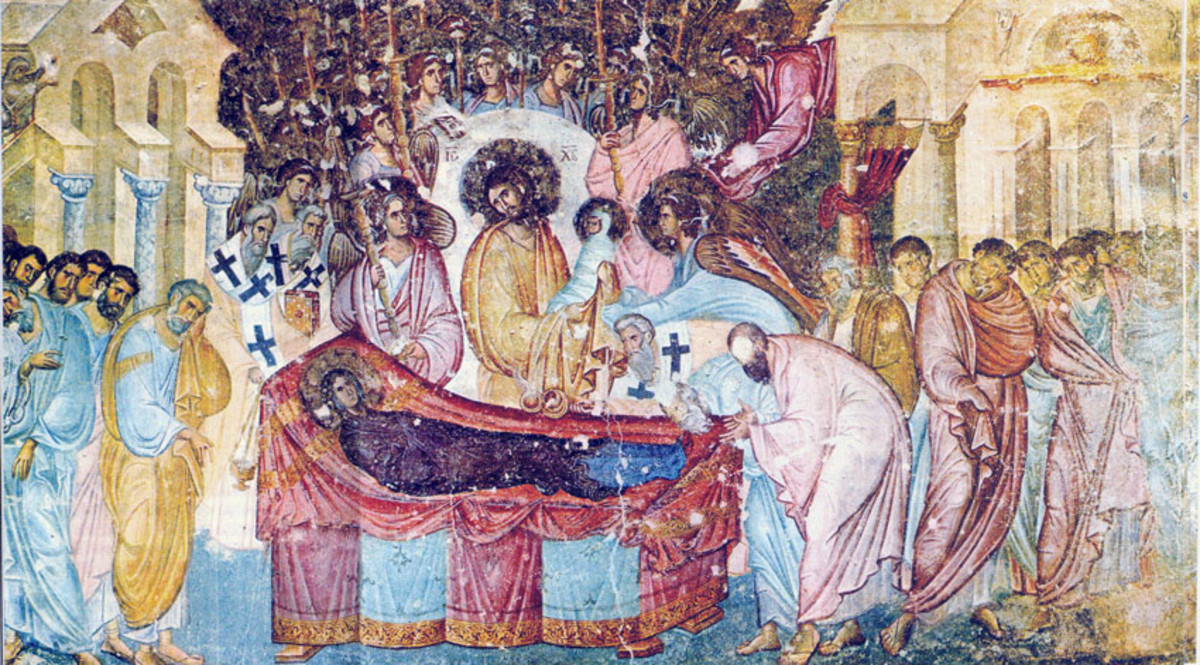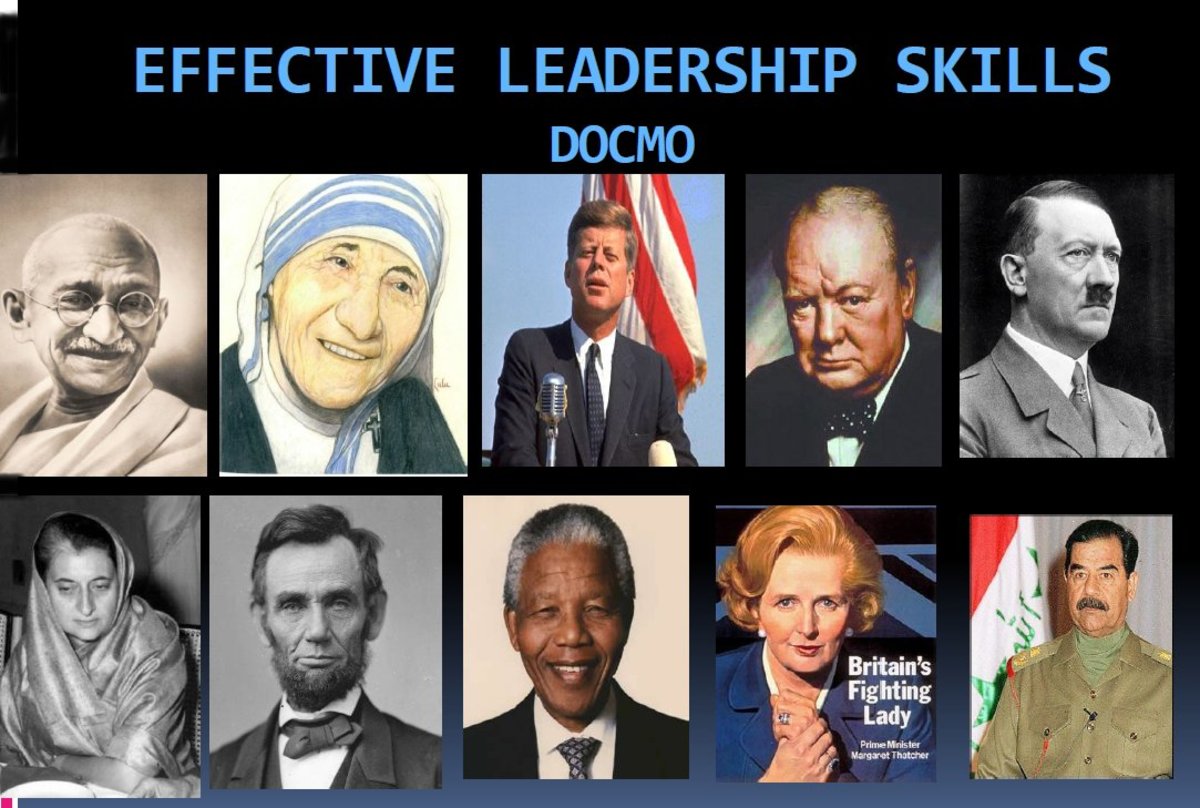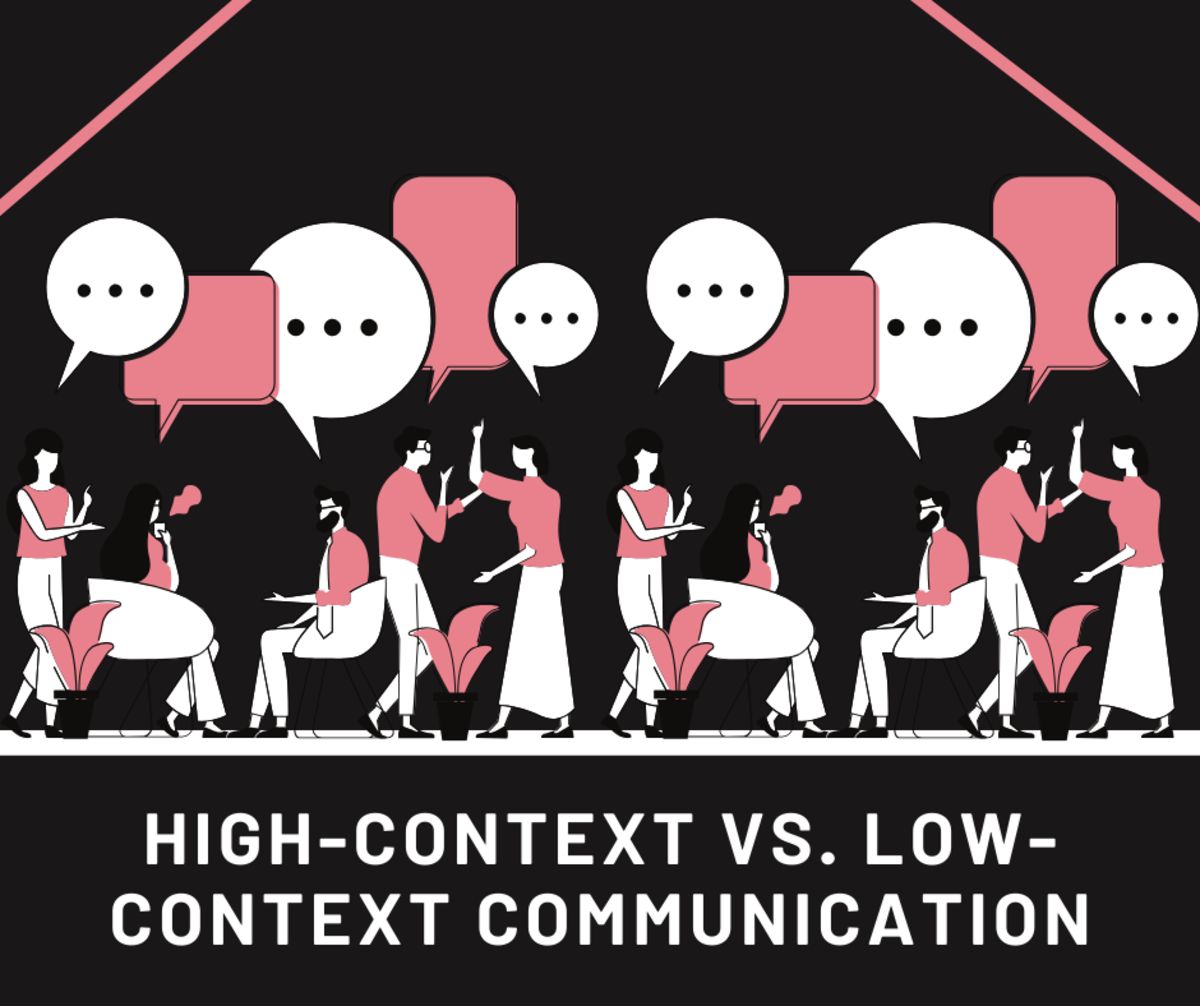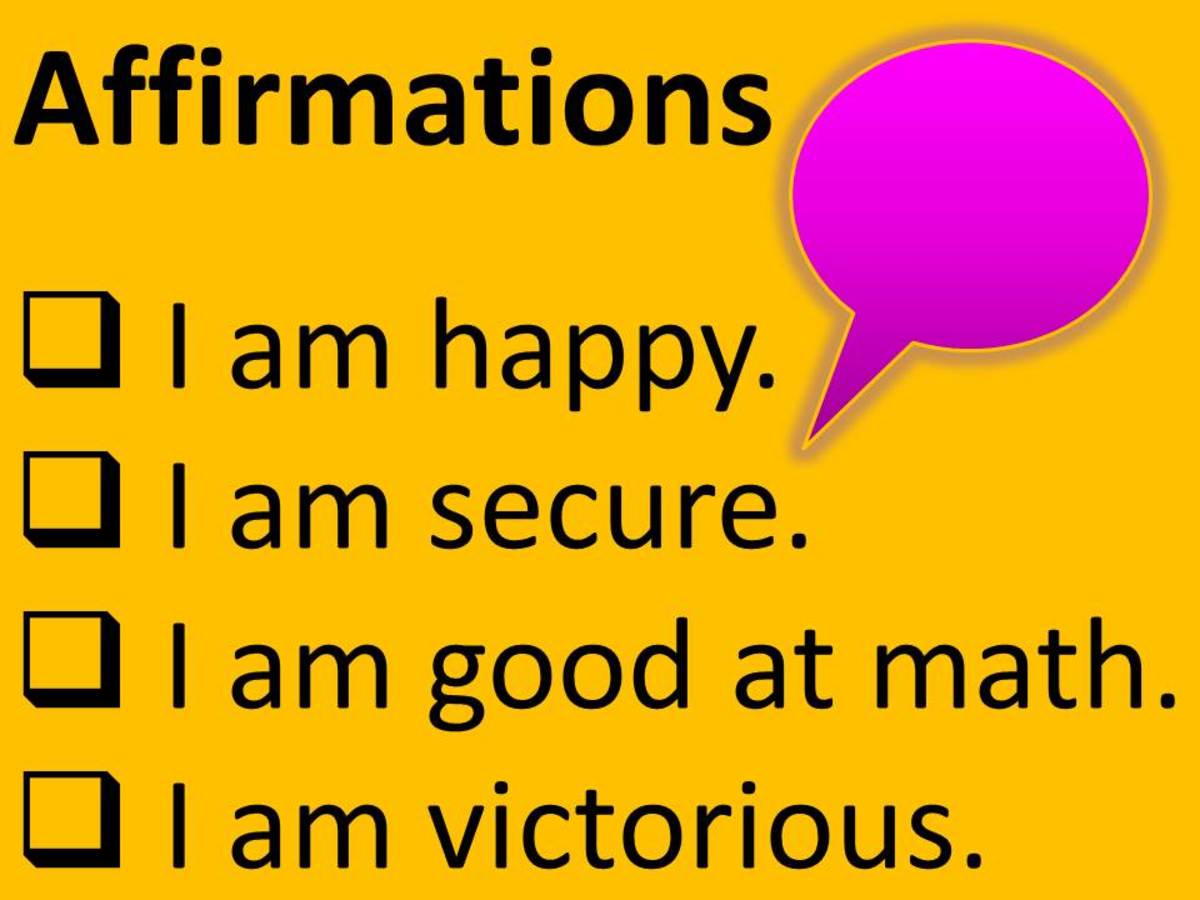How to form and grow a team for optimal performance using Tuckman's forming, storming, norming, performing diagram

Tuckman's model
Back in 1965 an educational psychologist published a paper which has become a classic in the literature of small group development. He is Bruce W. Tuckman and his paper, probably the most influential in the field, was entitled "Developmental Sequence in Small Groups."
In this paper the author first proposed the model, which has since become widely used and is very well known in group facilitation and adult education circles as the "Forming, storming, norming and performing model."
This model has been used for nearly 50 years both as an analytic tool to examine the functioning of groups and as a facilitation tool to help groups develop into optimally functioning units.
The model has, of course, attracted a great deal of criticism also, as any popular model would. However, from a practical facilitation perspective it is a handy tool that is simple to understand and has definite benefits for practitioners and group members.
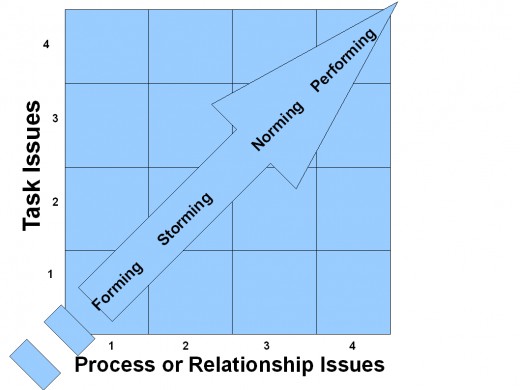
The model and teamwork
An important application of the model, aside from its use in small groups set up for a variety of purposes, is to help teams, specifically work teams, develop rapidly to a stage of high performance.
The basic concept is that at any time within a group or team there are two sets of issues or concerns felt by the members. These issues are termed task and process or relationship issues , and they can be envisaged as being on continua which, when put together, form two axes of a "window" model, with task issues represented on the Y axis and relationship issues on the X axis. Group formation is situated on the bottom left corner of the model with the developmental stages moving outward along the axes.
At each stage in the development of the group or team different issues arise, and these can be dealt with appropriately in order to move the group through the stages to become fully functioning. More on this later.
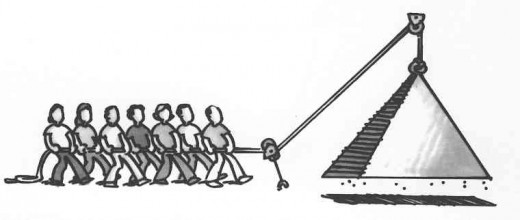
- Building a High Performance Team
Teams have existed in some form for as long as humankind and many books and articles have been written about how teams work. Most people have been on teams with mixed results. Teams can have a tremendous... - Team Dynamics: Conflict Resolution and Time Management
Dynamics and Conflict within a Team The team concept is not an unfamiliar one. We are surrounded by teams from the time we take our first breath until the time we leave this Earth. Doctors, nurses, aides,... - Good Team Work: How to be a team player
If you've applied for a job on one of those long and slightly annoying job application forms then you will have probably come across a question like this ... 'Demonstrate your ability to work in a team' or... - Belbin Team Roles - How to Build a Winning Team
In today’s fast-paced, competitive world, choosing the right mix of people to make up a team is of vital importance. Belbin Team Roles is a key management tool for corporate team building success.
What is a team?
What is a team and why is it important for a team leader or manager to understand the group development model? A team is a group which is formed to achieve a certain task or set of tasks that can be more efficiently achieved by a group working together than by individuals working on their own.
One of the best definitions of a team is: "A team is a small number of people with complementary skills who are committed to a common purpose, performance goals, and approach for which they are mutually accountable." (Katzenbach and Smith, 1993: The Wisdom of Teams: Creating the High-performance Organization. Boston: Harvard Business School.)
The words which are important in this definition are "committed", "common purpose" and "mutually accountable". What distinguishes a team from any other group is that the members are committed to a common purpose and hold each other mutually accountable for the achievement of that purpose.
And it is the commitment and the mutual accountability that give the group development model its importance to the team.
Teams commonly operate within larger organisations, often as temporary means to achieve the goals of specific projects, often once-off, which will disband again once the project goals have been achieved.
They are also usually non-hierarchical, with shifting leadership according to the short-term goals that are needed, the "milestones" along the road to the achievement of the overall goal.
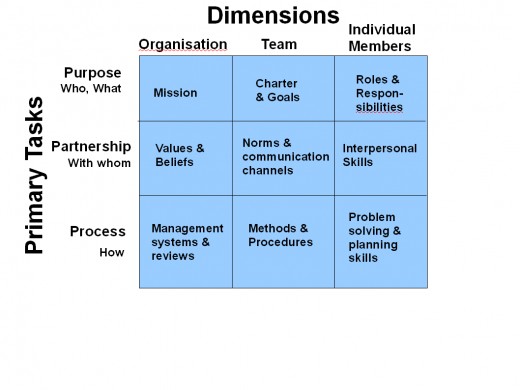
Team development
When thinking about teams working in this kind of project scenario there are obviously three dimensions in which they operate - the organisation as a whole, the team, and the individuals within the team. And these dimensions need to be kept aligned for optimal results.
Authors Scholtes, Joiner and Streibel (The Team Handbook, 2002, Madison WI, Oriel Incorporated) have developed a model of these dimensions as they relate to the primary tasks of the team. The primary tasks of the team at the organisational level are expressed as its purpose, or why the team exists, or its mission; partnerships, or with whom the team will work,its values and beliefs; and the process, how the team will achieve what it meant to achieve, its management systems and reviews.
At the team level the primary task is set out in its charter and goals; its partnership model is contained in its norms and channels of communication; and its processes are defined in its methods and procedures.
The individual level of the model has the purpose expressed in defined roles and responsibilities; the partnership within the team is how people relate to each other, their interpersonal skills; and the process is how they solve problems and plan together.
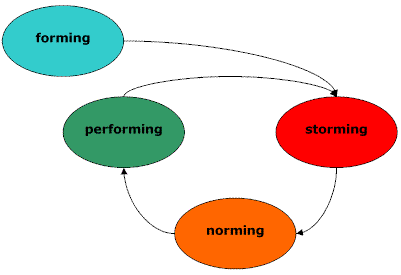
Group development model applied to teams
The group development model shows that the group will go through certain developmental stages while dealing with the dimensions and tasks as set out in the team development model.
At the beginning, when the group has just been formed, the stage is called just that: "Forming". In this stage group members will be concerned, on the relationship axis, with personal identity in the team: "who am I in this set-up?" "How do I fit in?" "Who else is in the team?" The task dimension at this stage has to do with "why are we here?" What are our goals?" "What are our expectations?" "How similar to or different from mine are the expectations of the others in the team?"
The next stage of the model is called "Storming" because that is what tends to happen. Team members start to express their differences, sometimes quite forcefully. This includes disagreeing with even such fundamental issues as the purpose of the group. It tends to be mostly concentrated around the question of "How?": How do we relate? How will we deal with differences?"
After the "storming" comes the "Norming" when team members start to make decisions around specific issues, and in particular how things will get done - i.e. the norms that will operate in the group. However, these stages tend to be somewhat cyclical - the group will storm around an issue and then find a normative solution for it, then another issue will cause a new bout of storming until that is normed, and so on until the group has dealt with all the issues and can get down to the real business, which happens in the "Performing" stage.
Here the norms have been agreed and the issues of roles and responsibilities ironed out. the team members will start to work collaboratively to achieve the mission of the team.
As we have noted, such teams are usually somewhat temporary, and so once the mission has been accomplished, the team will face its dissolution, and that is the fifth stage added in a later version by Tuckman in 1975, called "Adjourning", and in this stage members start to feel insecure and it is necessary to help them find security and support in other ways than through the team.
Team leadership skills
The team leader needs to be sensitive to all these stages of group development to help the team deal with all the task and relationship issues as it goes about its task. If the stages are dealt with adequately and members are helped to develop the necessary interpersonal skills the team will move relatively rapidly through the stages to reach the Performing stage. If however, the team leader is not skillful enough to facilitate the team through the stages the members will tend to get stuck, commonly in the Storming stage, and not be able to get the work done.
A team leader therefore has to not only be sensitive to the stages of team development, but also needs to have a relatively high level of facilitation skills to help the team members grow and develop the commitment and mutual trust that will enable them to operate as a team and achieve the team's mission.
Copyright Notice
The text and all images on this page, unless otherwise indicated, are by Tony McGregor who hereby asserts his copyright on the material. Should you wish to use any of the text or images feel free to do so with proper attribution and, if possible, a link back to this page. Thank you.
© Tony McGregor 2009


